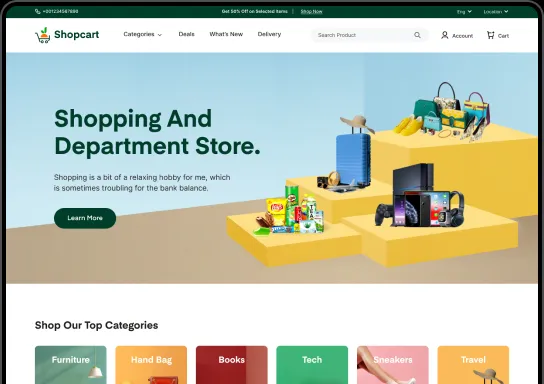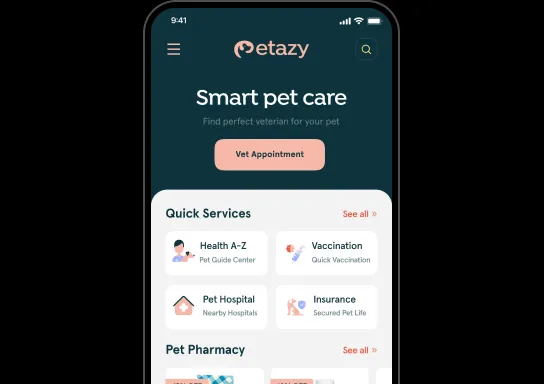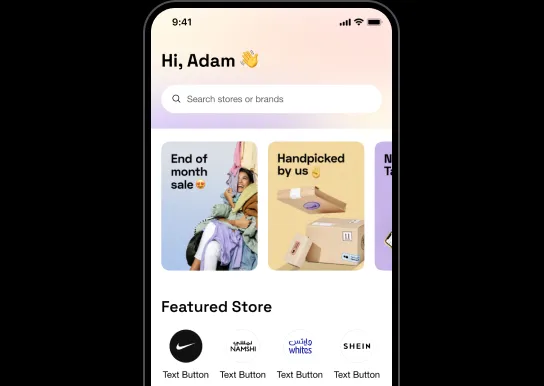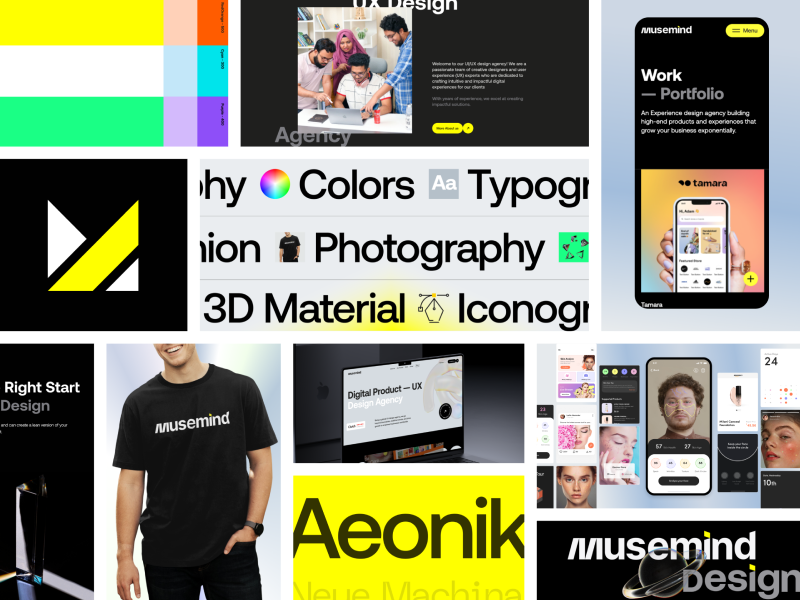As of May 2023, the Google Play Store alone stored 2.26 million apps. But how many apps do you know about? I believe it's not more than a hundred at most. Every day, new apps are launching and dying without achieving any sort of success. What's the problem here? Why are so many investments going in vain? It's primarily due to poor UI and UX.
Business owners invest their money to develop a product but often neglect crucial factors such as UX/UI. They believe that their idea and business model will lead them to their goal. However, this is not the case. They make this mistake either because they are unaware of this fact or because they underestimate its importance.
This is the reason why we want to make people aware of how UI/UX design increases the success rate of your mobile app.
Having said that, let's get started…
What Does “UI/UX Design” Mean in a Mobile App?
UI and UX in a mobile app means how the app looks and feels while using it. Here is what they mean individually.
What Does UI Mean in a Mobile App?
In a mobile app, the user interface (UI) is like the playground where users do everything - from clicking menu buttons to filling in text fields. It's all about whether users can tap, scroll, swipe, type, or even just look at the screen. Basically, it covers everything a user can see and engage with. A well-designed UI is super important because it sets the stage for a pleasant and user-friendly experience.

What Does UX Mean in a Mobile App?
When we talk about a mobile app's user experience, we're essentially referring to how people feel and interact with an app. It's a crucial part of any product strategy. But, designing for mobile comes with its own set of challenges, like limited space and the need to be contextually aware. A well-thought-out user experience focuses on making the app easy to use and navigate, ensuring users can achieve what they want quickly and without hassle.
So, now let’s move on to the main point of how UI and UX design increases the success rate of your mobile app.
How UI/UX Design Increases The Success Rate of Your Mobile App?
A survey found that 90% of users discontinue using a mobile app because of bad UI/UX. This indicates how much UI/UX design can influence the success rate of a mobile app. Here are some key points of how it works in terms of success rate.
Enhances User Engagement By Ensuring Aesthetics
Visual aesthetics are a powerful weapon when it comes to instantly attracting people. In your daily life, if you take a moment to think about it, you'll find the answer. You naturally pause and take a second look whenever you come across something exceptionally attractive. This happens because you feel a strong connection with that particular visual.
Research has shown that over 75% of user engagement depends on aesthetics. The User Interface (UI) is responsible for designing all the visual elements of an app or website, including typography, colors, and icons.
By ensuring that these elements are visually appealing and engaging, UI design significantly contributes to overall user engagement. As a result, it ultimately boosts your app’s success rate.
Removes User Frustration By Providing a Seamless Experience
Imagine you're trying to purchase a product from an e-commerce app, but it's been an hour, and you still can't place your order. There is no clear navigation to the final order page, or after adding the product to your cart, you can't figure out how to proceed with the order. Isn't that frustrating?
Well, that's where UX design comes into play. It takes the responsibility of removing this frustration from your mobile app by enhancing the overall experience. Its main goal is to make sure the app is incredibly user-friendly, allowing users to accomplish their goals with minimal effort.
So, how do UX designers achieve this? They do it by conducting thorough research, analyzing competitors, and performing usability testing. They dive into understanding their users, gather feedback, and continually refine the design to improve usability and the overall user experience.
By providing a seamless experience, UX/UI design not only attracts more users but also encourages them to keep coming back. This is undeniably crucial for the success of a mobile app.
Boost Brand Loyalty By Differentiating From Competitors' App
Exceptional aesthetics and a hassle-free experience can leave an indelible impression on users' minds. Let's illustrate this with an example: Numerous social media platforms exist, yet none can rival the popularity of Facebook. Do you know why? It's because Facebook has an exceptional interface and the easiest usability, making it truly unique.
As previously discussed, UX/UI ensures a visually pleasing and engaging user experience that flows seamlessly and retains customers. By incorporating these elements into your mobile application, you can set your app apart from the competition. As a result, when a user needs a service from an app within your niche, they are more likely to choose yours over others precisely because of these factors.
This phenomenon is what we refer to as brand loyalty. So, technically, UX/UI enhances your brand loyalty, consequently increasing the success rate of your mobile app.
Maximize ROI By Generating Revenue
The aspects discussed above collectively enhance your conversion and sales. Yes, marketing and business strategy are crucial for conversion and revenue generation. However, if you fail to ensure proper UI and UX, you won't achieve your desired results from your mobile app.
The more effectively you invest in UX/UI, the greater the returns. This approach can maximize your ROI by generating increasing revenue. Furthermore, well-designed user interfaces can strategically position cross-sells and upsells, increasing the likelihood that users will spend more within the application.
This is how UX/UI contributes to increasing the success rate of mobile by ensuring the aforementioned factors.
Tips to Improve User Interface for Your Application
By 2025, nearly 73% of internet users will access the web through their smartphones. You’re in trouble if you don’t design for mobile first.
Designing your digital products with mobile devices in mind ensures a consistent user experience across all devices. Here are some suggestions for making your application more user-friendly:
Conclusion
Not everyone has a lot of patience, and bad usability application seems to bring out the worst in us. Statistics about apps show that mobile users are more than five times more likely to give up on a task if they can’t do it with an app or if the website isn’t set up for mobile. This is why giving your users a good experience in PC or mobile UI is crucial.
In addition to looking good and working well, your application should also have useful information. Ensure that all of your site's information is current, correct, and useful to the people you want to reach. In Musemind, this is what we do; we blend aesthetics with effective features to make your website or app stand out from the rest.



























